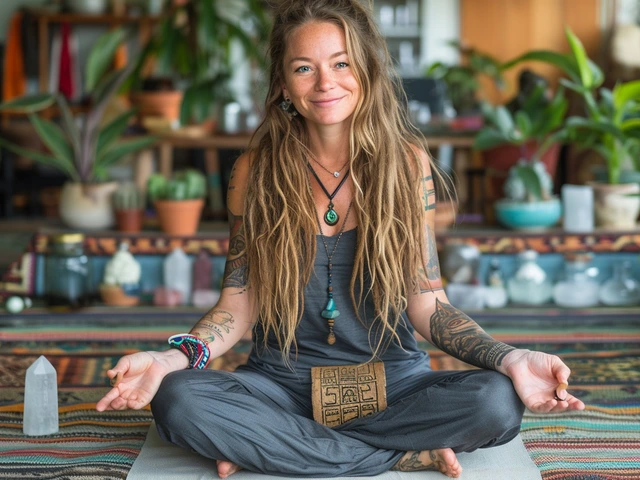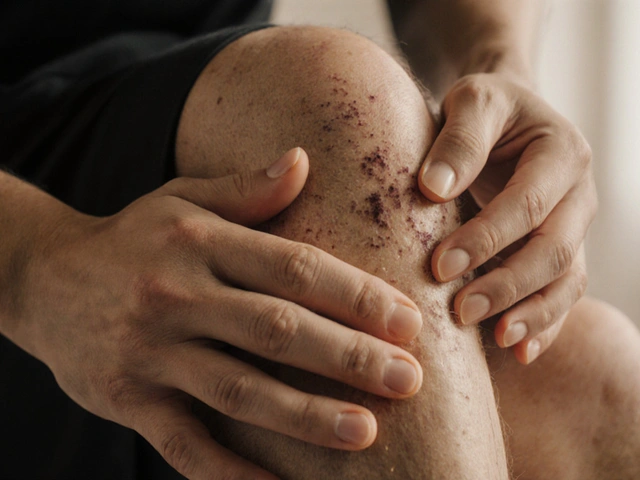Body Balance: Simple Ways to Feel Steadier and Pain-Free
Feeling off-balance, tight, or achy doesn’t mean you need drastic fixes. Small, practical changes in how you move, rest, and seek help can give fast relief and lasting improvement. This page collects proven massage and movement approaches—like Feldenkrais, Hellerwork, Hilot, acupressure, and Ortho-Bionomy—and shows how to use them so your body actually feels better.
Fast actions you can try today
Take three slow, full breaths whenever you stand up from a chair. That resets posture and nervous system tone immediately. Do a 90-second neck and shoulder break every hour at work: drop your chin to chest, gently roll side to side, and press the base of your skull with thumbs for 20 seconds. Try a one-minute self-massage along your traps and upper back using a tennis ball against a wall to loosen knots before they lock you into pain.
Use heat for stiff, cold muscles and ice for sharp, new inflammation. For persistent tightness, a warm stone or hot-pack for 10–15 minutes before gentle stretching makes tissue more pliable. For sore, inflamed areas after activity, 10–15 minutes of ice can cut down swelling and speed recovery.
Pick the right therapy for your goal
Know what you want: faster recovery after workouts, better posture, or relief from chronic pain. If you need better movement and awareness, Feldenkrais or Hellerwork helps retrain how your body moves. For targeted muscle knots, look at trigger point work or a qualified massage therapist. Gentle, hands-off approaches like Ortho-Bionomy and bioenergetics support long-term self-healing without force.
Check therapist experience and what a session actually feels like. Ask if they use structural work (Rolfing, Hellerwork), energy-guided touch (Polarity, Esalen), or culturally rooted methods (Hilot, Lomi Lomi, Kahuna). If you’re dealing with illness, palliative massage specialists and trained hospice therapists know how to prioritize comfort and respect.
Frequency matters. For acute pain, 2–3 sessions a week for a short block can break pain cycles. For posture and long-term change, weekly to biweekly sessions paired with daily movement practice is more effective. Track progress: reduced pain, easier movement, or less stiffness are clear signs a therapy is helping.
Combine professional sessions with simple home habits: 5–10 minutes of mindful movement daily, one or two acupressure points for stress and headaches (like LI4 and GB20), and regular sleep and hydration. Small, repeated actions add up faster than occasional intense fixes.
Want specifics? Explore our guides on Hilot, Amma, trigger point therapy, warm stone massage, and more to find the method that fits you. Try a short experiment: pick one practice for two weeks and note how you feel. If it helps, keep it. If not, try another—your body will tell you what works.
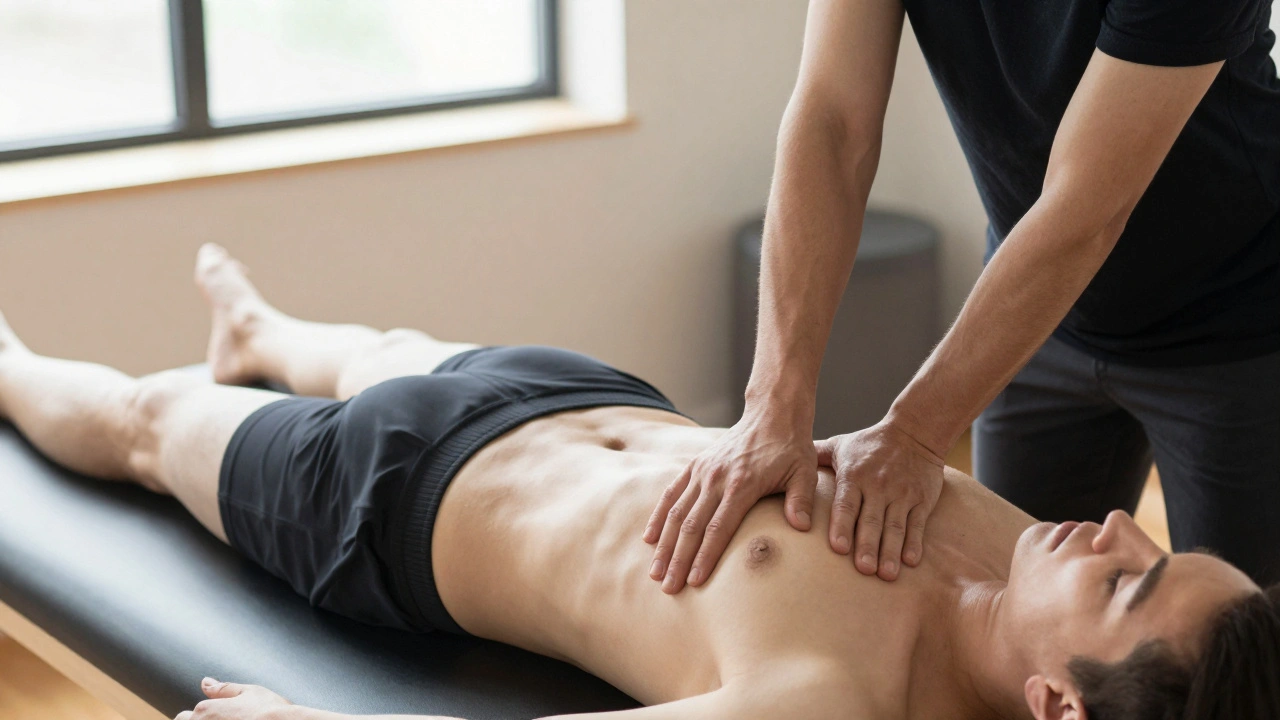
Unleashing the Power of Rolfing for Body Balance
Rolfing realigns your body by releasing fascial restrictions to restore natural posture and movement. Unlike temporary fixes, it creates lasting structural change through a 10-session series focused on whole-body balance.
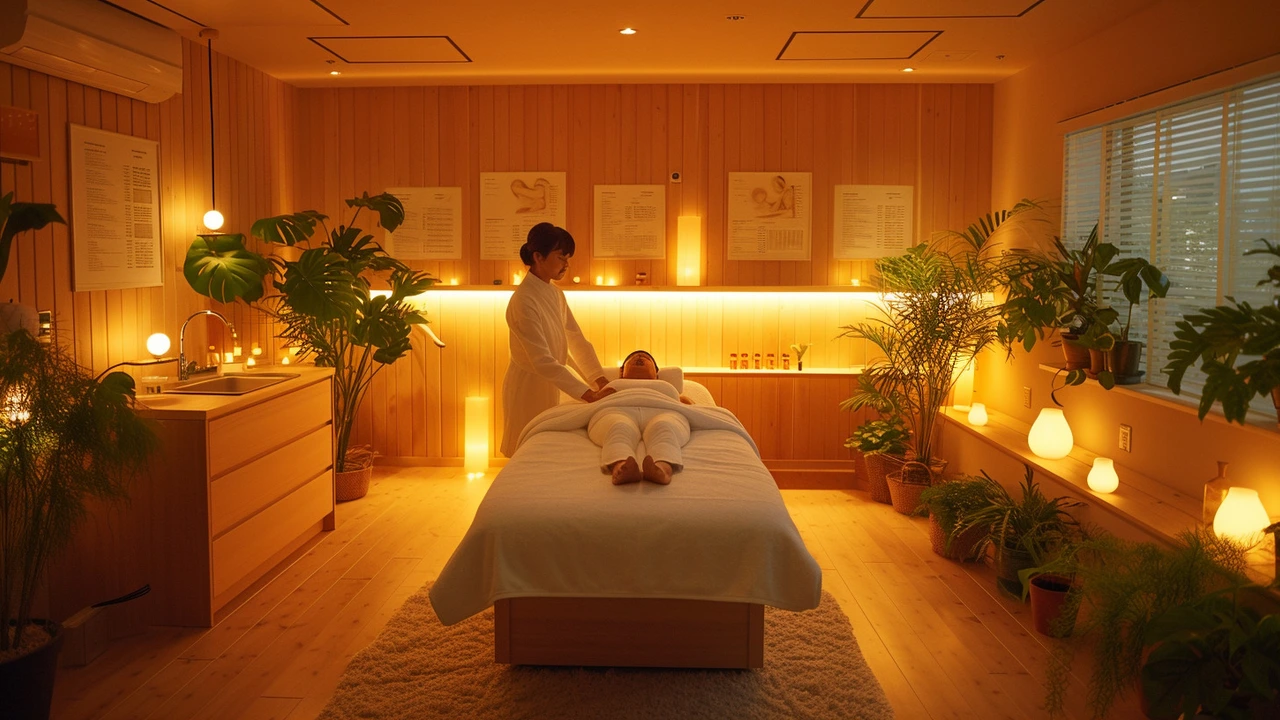
How to Achieve Pain-Free Living with Ortho-Bionomy
Hi there! I've recently delved into the wonderful world of Ortho-Bionomy, a non-invasive treatment method that could lead us to pain-free living. By focusing on the body's innate ability to restore itself, Ortho-Bionomy works wonders in achieving body balance and relieving chronic pains. On my journey to wellness, I've found this method incredibly effective, and I can't wait to share my insights with you. Hop in, as we explore the possibilities of improved health through Ortho-Bionomy.
Categories
- Health and Wellness (148)
- Alternative Therapies (86)
- Massage Therapy (40)
- Travel and Culture (15)
- Beauty and Skincare (9)
- Holistic Health (8)
- Health and Fitness (5)
- Spirituality (5)
- Other (2)
- Personal Development (2)
Popular Articles
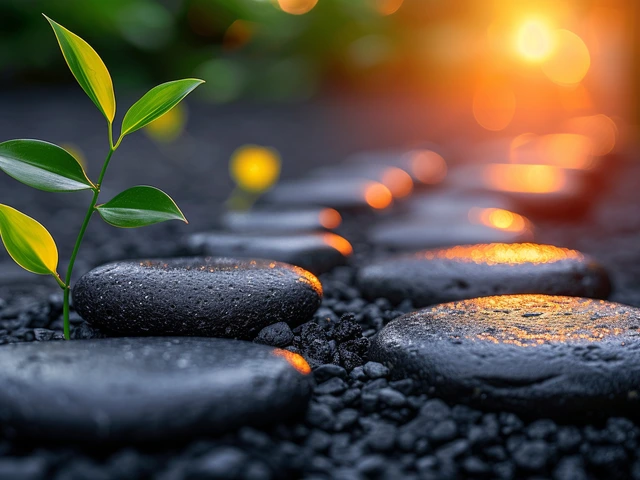
How Stone Massage Can Boost Your Immune System
Aug, 5 2023
